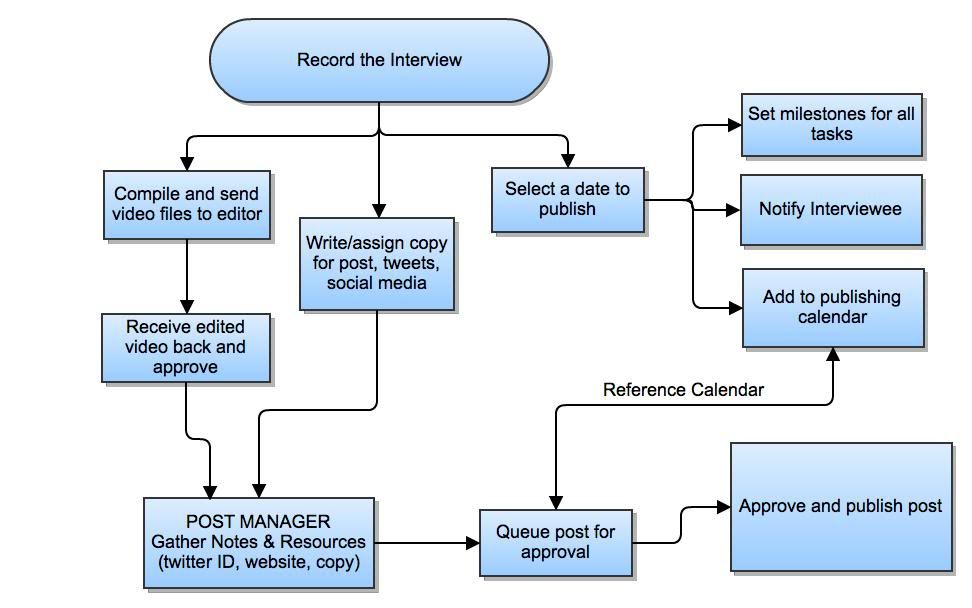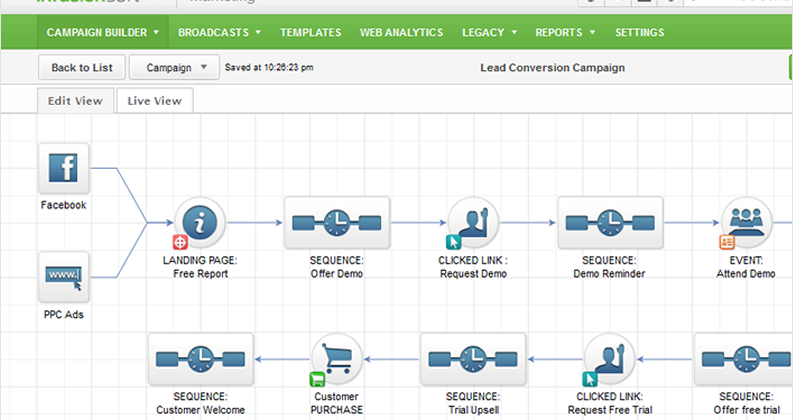Why do some businesses seem to grow and expand every time you blink and others wither and stagnate over time? Have you watched other entrepreneurs with amazing messages and programs suddenly hit a ceiling and burn out or shrink to playing small?
Building a healthy six or seven figure business takes a lot of work but even more importantly, it will take more than one person.
Last month I issued a challenge to start documenting the tasks that you’re doing every day in your business. Today, we’ll start looking at how systems can enable you to outsource the right way, and I’ll give you the next tactic in the journey to building a team that will enable you to have the successful, thriving business you want.
One thing I’m always asking myself is “why?” Why should you care (at all) when it comes to this information? Try finishing this statement:
“No one has ever said on his deathbed I wish…”
You know it, don’t you? “I wish I’d spent more time at the office.” If you’re spending all of your time in your business, running things, you’re never going to have the reach you could with a team, you’ll probably burn out very soon and your legacy ends when you stop working.
Outsourcing isn’t about working four hours a week so you can sip mojitos in the Virgin Islands. Outsourcing enables you to build a company that serves more people thus making more money and without your constant supervision. So you *can* have that mojito on the beach without shutting down your business or feeling guilty.
If you have that list of tasks you’re currently responsible for in your business I want you to highlight all of the tasks which generate revenue. So highlight time spent serving clients, marketing, networking, speaking, developing content.
Those are the tasks you need to do more – market more, produce more, serve more clients. You’ll be able to make time for more when you outsource all those things which are not highlighted on the list. Like bookkeeping, website updates, scheduling appointments, updating your blog, formatting your newsletter, sending invoices, booking flights for a trip.
Non-revenue generating activities are not unimportant – they provide the foundation for many of the revenue generating tasks that you do every week. Which is why I’m not suggesting you stop doing those things, but find someone else who can manage them for you.
Recently I met with a potential client in a Get Acquainted Session and was surprised to learn that over a year ago this person walked away from the business he’d built. Web domains expired, the list was stale and nothing was produced, developed or delivered in over a year. What was this entrepreneur’s goal? To turn a comatose business into $100,000 in revenue in mere months, a goal which was not realistic for the level of business building that needed to take place to regain lost momentum.
It was heartbreaking to see such a successful, thriving business which had suddenly stopped producing, killing the momentum in a way that would take years to recover. How I wished I could go back in time and suggest, kindly, that the overwhelmed owner bring in a support team, outsource many of the tasks and refocus his time on getting out some content until the time he was ready to give it more attention and energy.
You may not foresee a time when you’ll want to take a break from your business but it’s still important to have the systems in place to make it an available option. Start by identifying the tasks you’re performing and then note the ones that you can give up.
Next time I’ll share why the typical VA is underutilized, confused, and doesn’t provide you the leverage you need (to take on more clients or a well deserved break).











